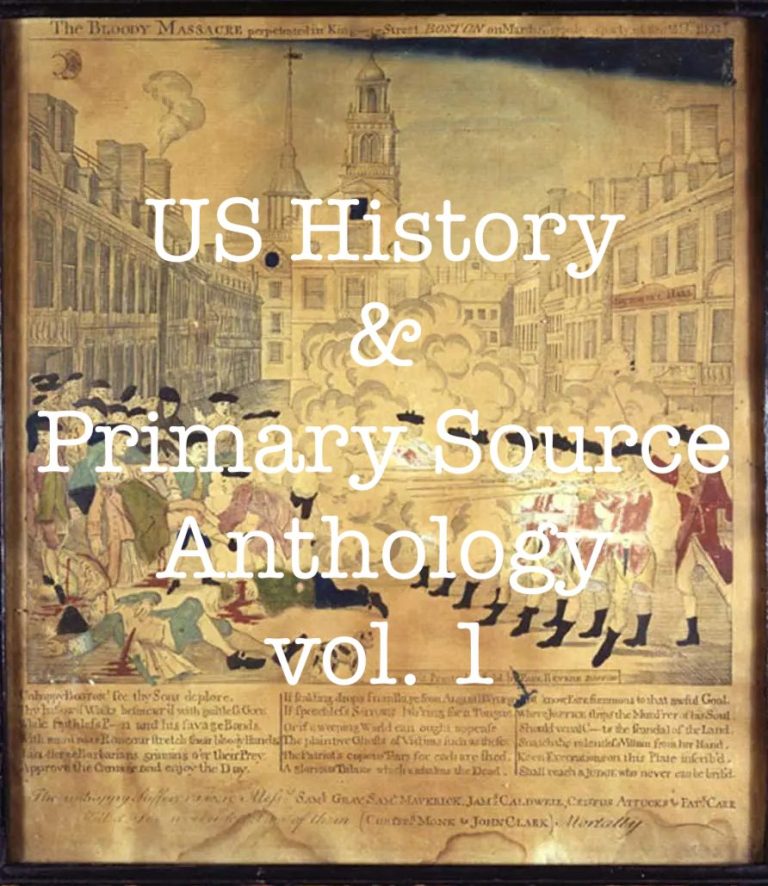Bird-Dogging
Bird-dogging is a technique whereby activists get candidates on the record about their position on an issue. The term comes from the analogy of a bird-dog which flushes birds out of hiding. In the metaphor, candidates for office often want to conceal their positions on controversial issues or keep their language around them vague. Bird-doggers go to events and ask carefully crafted questions on issues they wish to talk about to try to "flush a candidate's opinions into the open."
Bird-doggers often work in issue advocacy organizations, and are less concerned about who wins an election than about getting their issues addressed as part of the campaign.
The term was popularized in 2004 by New Hampshire Quaker activist Arnie Alpert who noted that the way people were asking questions at "town halls" with presidential candidates was allowing the candidates too much wiggle room:
"If you simply go in there and say, ‘What do you think about health care? What do you think about Iraq?’ the candidate can pretty much say anything and have it sound like it’s a good answer,” said Arnie Alpert, the program coordinator in New Hampshire for the American Friends Service Committee, a Quaker group.
So in the lead-up to the 2004 primary, he started teaching people how to ask questions. Basically, it takes planning, precision and a little bit of courage. (see New York Times story)
Albert's techniques were later adopted by Priorities NH, a Ben Cohen (of Ben and Jerry's) group trying to get military spending issues addressed, as well as other groups in the 2008 primary. The rise of citizen video made such techniques an important tool of activism.
Controversy
Rhetoric around a 2016 controversy created by James O'Keefe wrongly portrayed bird-dogging as a Clinton campaign term dealing with the instigation of violence at Trump rallies. The term pre-dates the Clinton campaign and has never been used in this way.
Sources
New York Times Article: Bird-Dogging in N.H. and Iowa, March 2007
From the 2016 book Service Sociology and Academic Engagement in Social Problems: "Bird-dogging means attending a political candidates public appearances with the specific aim of challenging or seeking clarification of a particular issue."
From 2011 book The Young Activist's Guide to Building a Green Movement and Changing the World: "Bird-dogging refers to attending public events where a candidate for public office or an elected representative will appear and calling on him or her to publicly address an issue, support your cause, or reconsider a stance already taken."
